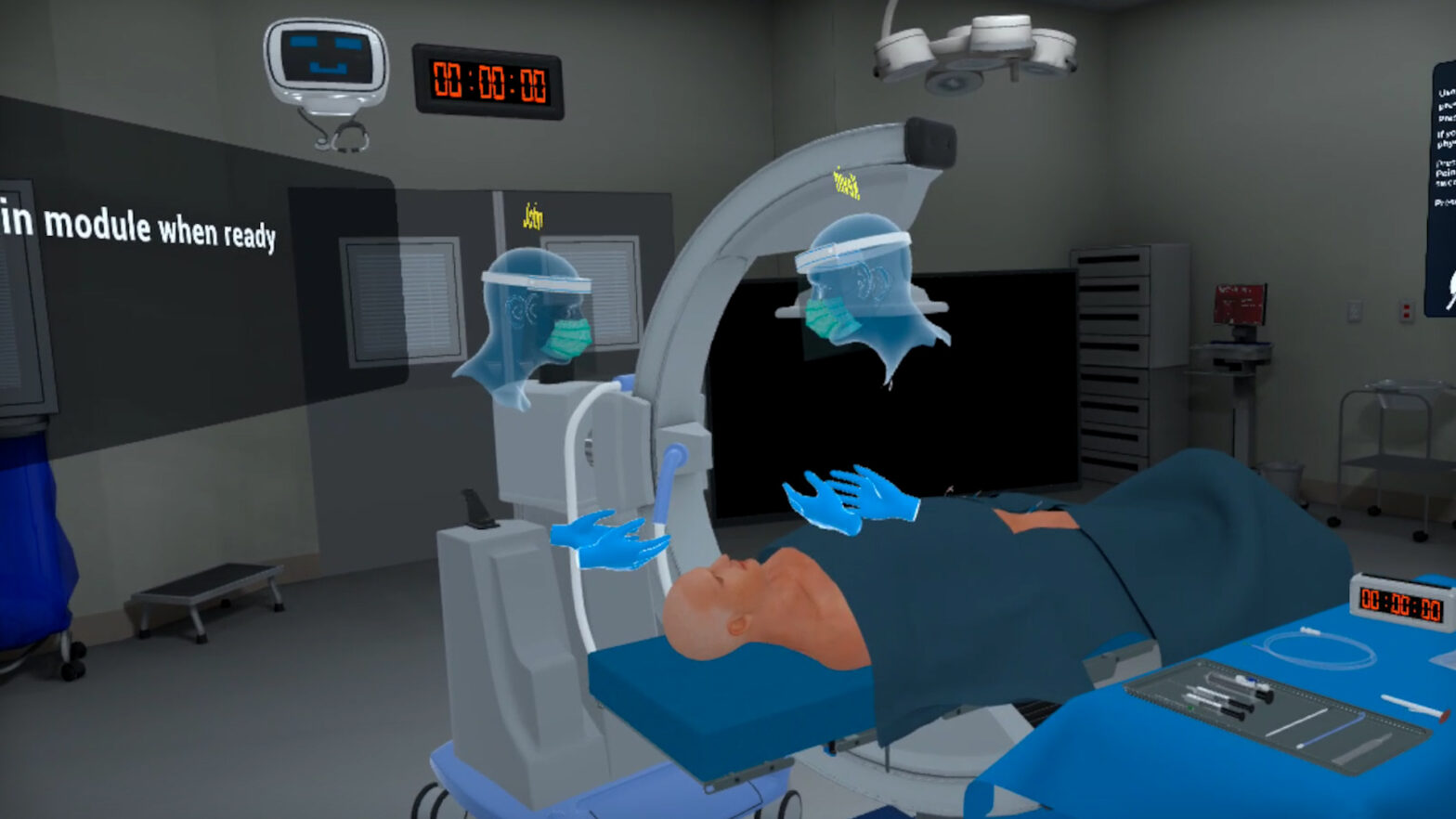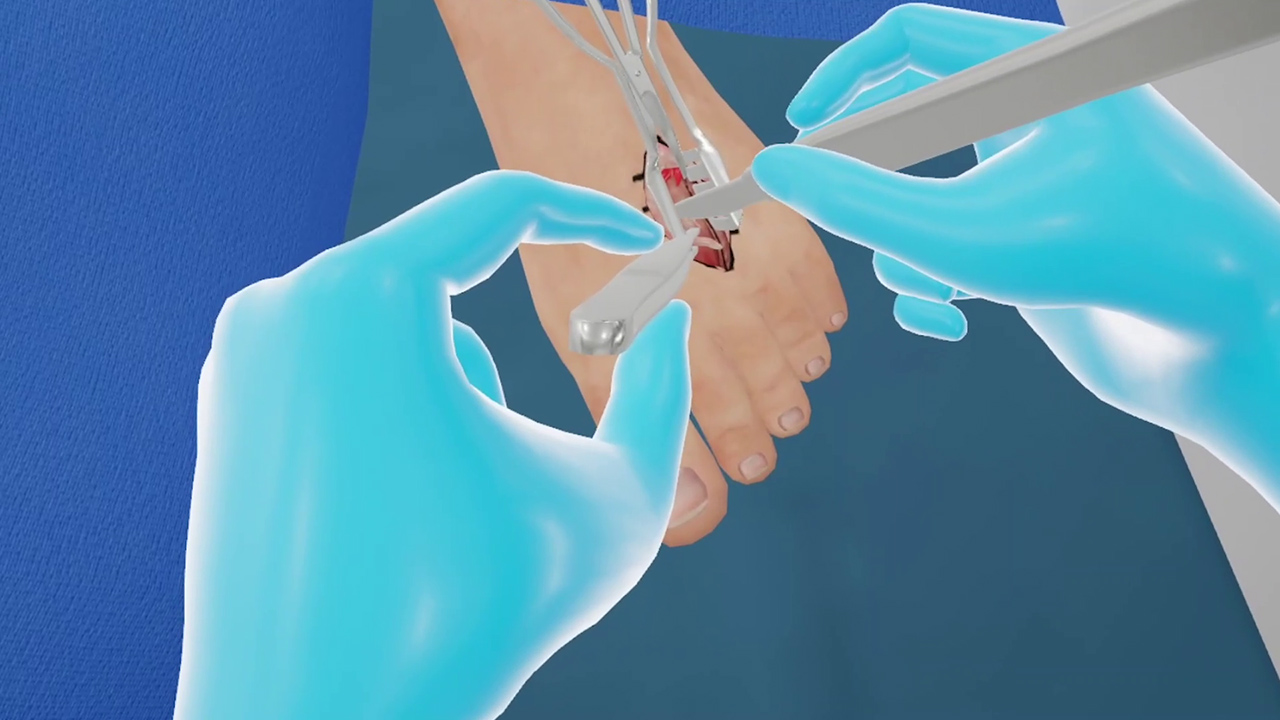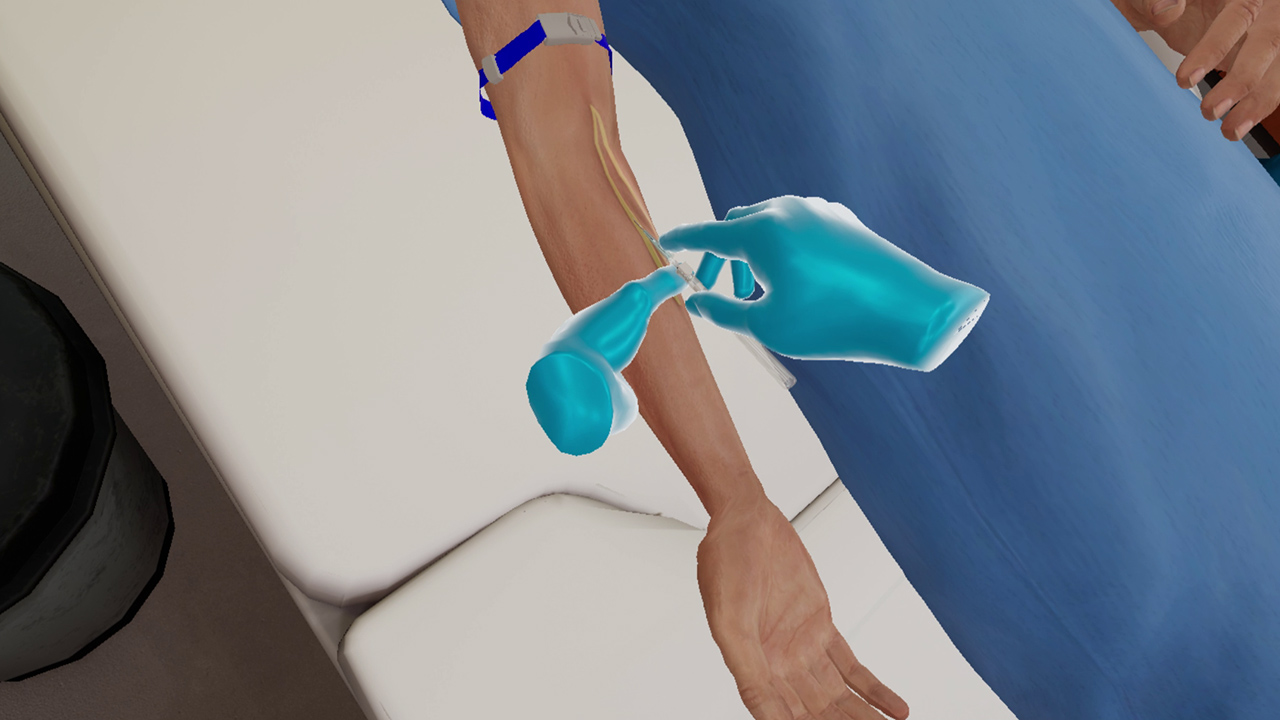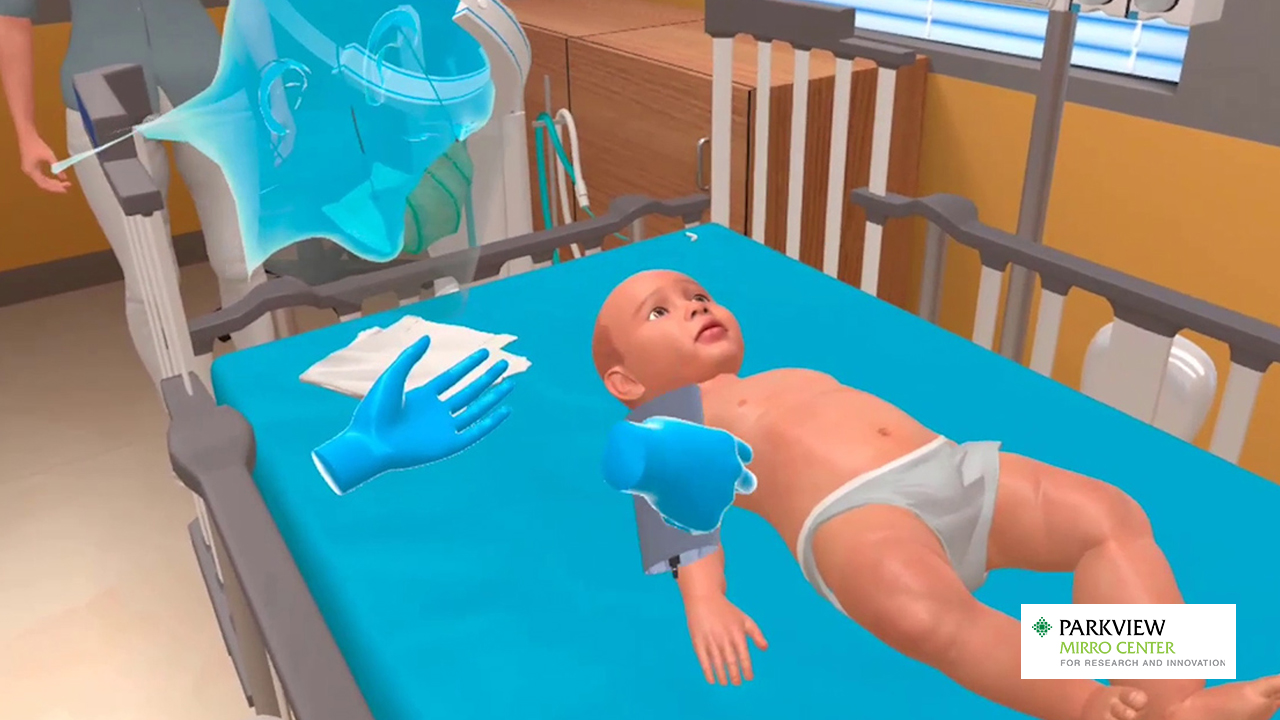
Medicine has always been an evolving field and will continue to be so. Technological development and researches constantly contribute towards implementing advanced and improved methods of treatments. Along with treatment, these developments also help bring about better means of training and practicing skills. One of the latest advancements in this stream comes in the form of XR training solutions. Due to its realistic approach, immersive nature, ease of access, and repetitive practice capabilities, VR and MR, are becoming an invaluable tool in the field of surgical procedures training.
With XR the availability of training for surgical procedures is becoming more realistic, providing hands-on practice for every conceivable case. According to a recent study, VR trained residents were 29% faster than non-VR trained residents in performing a gall-bladder dissection. The report further said that non-VR trained residents were, “five times more likely to injure the gallbladder or burn nontarget tissue.’
Surgical education before XR training
Training for surgical procedures using VR simulations is a fairly new development. When we look at traditional methods, it was either an apprentice watching and assisting a mentor while learning or through practice sessions on cadavers. Both served their purpose, but had their limitations. Watching, assisting and then somewhere down the line getting to perform independently is a long process. Takes time to help develop the confidence to perform independently. When it comes to cadavers, there is the issue of availability. The other huge drawback is the fact that cadavers lack normal vascular response and then there is the issue of rigid tissues. This restricts the realism to a great extent.
Benefits of VR simulations in surgery training
With the coming of VR simulation training, users are now able to get hands-on practice instantly, they can perform procedures independently and the problem of vascular response and rigid tissues is overcome. In all respects, this is an absolute win-win situation. The benefits of training in virtual environments with virtual patients are multiple.
Hand-on practice: One of the basic requirements to be a skilled surgeon is practice. The more practice on gets the better the surgeon. VR simulations serve as a perfect ground to provide hands-on practice in surgical procedures. The procedures could be related to a neuroma excision or a S-ICD implant; realistic practice sessions will help develop experience, knowledge, muscle memory, and confidence.

Immersive experience: An XR experience means an immersive experience. The user dons a headset and steps into a virtual environment that replicates a real-world scenario. On one part, this develops a familiarity with real-world scenarios, helping new surgeons get acquainted with the environment. When it comes to existing surgeons developing skills as part of their continued education efforts, being present in familiar surroundings helps them perform with greater ease and confidence.
Realistic training: The surroundings and patient may be virtual but the setup is a photorealistic replica of a real-world scenario. All affordances required for the procedure are provided in simulations and the case at hand is also as one would encounter with a real patient. Such realistic training experiences provide the perfect grounds for quality training sessions.
Availability of cases: How often does one come across a case of Pericardiocentesis. When assisting or practicing with a cadaver there can be no certainty of the availability of all kinds of cases. One may or may not get to experience treating a certain type of ailment. With VR simulations, this is not the case. Since these are virtual scenarios, digitally created, all kinds of scenarios can be created and provided to learners for training purpose. This means a thorough training opportunity.
Haptic enabled: For a long time, the absence of the sense of touch and effect was considered a serious shortcoming when it came to healthcare training in VR. Surgery being an invasive procedure, this drawback was felt immensely. Technology has developed and this is no more a limitation. With the coming of haptic gloves and their integration into VR training scenarios, the bridge between the real and the virtual has been reduced and users can feel every jerk, push, pull, resistance, and range of effects as they would in a real-world scenario.
Anytime, anywhere: An internet connection and a headset and one is ready to go. The learner has the choice of time and location. Apart from providing convenience to the user, the fact that these sessions are not bound by time and location means that users can engage with training content from across the globe. Multiplayer features, like the ones offered by MedVR Education, allows users from different locations to participate in a single simulation on one virtual platform, cutting across time zones.
Controlled and risk-free: Surgeries are invasive procedures. One small mistake could lead to disastrous consequences. Theoretical knowledge backed by thorough practice is the only way to get a procedure right. For obvious reasons, it is not possible to practice on actual patients. VR simulations fulfil this need for practice; repeated practice sessions that performed in controlled and risk-free environments. The environment is virtual and so is the patient. A mistake here does not have consequences. No lives are at risk here and users can perform with full confidence in a stress-free environment.
Repetitive practice: When one session gets over, all that a user needs to do is go back to the start and begin again. It is almost like a board game. When the game is over, move the pieces back to the start and play again. This is a more serious kind of game (hence the word serious games) where one is learning skills to save lives. There is no time lag between sessions, no elaborate setup required before every session and no resources to be replenished.
Instant feedback: Every step will deliver instant feedback; be it correct or incorrect. With instant feedback, learning becomes more effective and engaging. The user knows how they are performing and can identify their own strengths and weaknesses leading to a more fruitful learning session.
Learning from mistakes: We all learn from our mistakes but when it comes to performing surgical procedures in virtual environments, this aspect of learning gives a new definition to the phrase. How would an incorrect move affect a human being? It becomes a matter of life and death. When a user witnesses the result of a mistake, that serves as a lesson and the lesson retention is more pronounced that mere reading or hearing about it. Every step performed in a virtual simulations serves as a learning.
According a report in a medical journal, the benefits of XR training for surgical education “has been favored, due to many reasons, such as lack of mentors, reduction in training hours and various issues concerning operative procedures. It can be confidently said, that XR training is a game changer in surgical training.
About MedVR Education:
MedVR Education is a continuing education platform, founded with the specific aim of providing immersive and engaging VR training solutions to healthcare professionals. Its dynamically growing library witnesses the addition of 4-5 new solutions every month. MedVR Education is at the forefront of implementing the latest technology in the field of VR and training, ensuring that learners get the best possible learning experience.
Contact us to know more about VR in healthcare training or visit MedVR Education to explore the various programs we offer.


